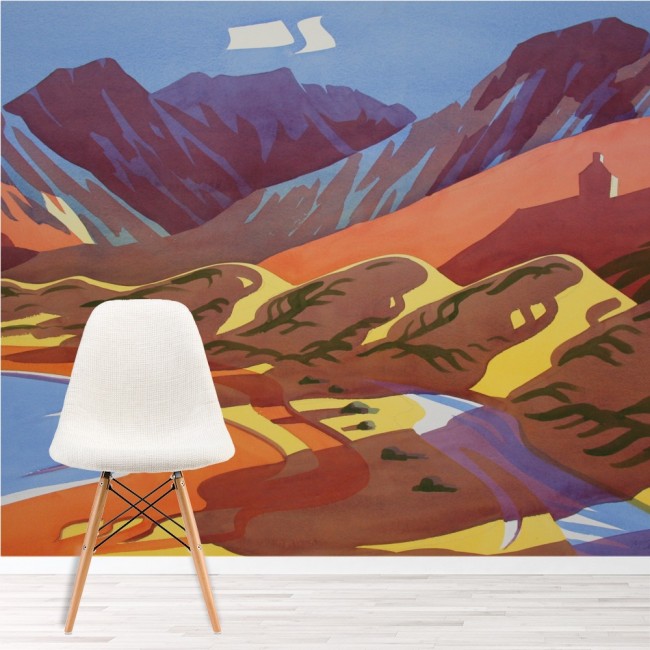
Speaking with Artist Matt Forster
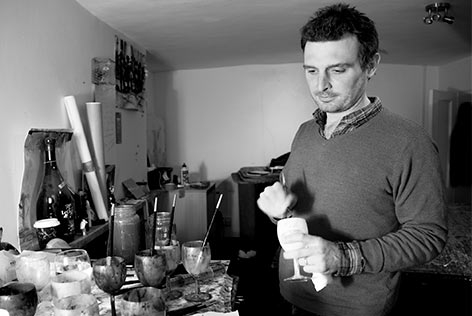
Matt Forster has just come on board as an artist working with Azutura. He has used his 21st-century watercolour paintings to create a series of wall murals that are truly unique. Working from his studio in Northumberland, England, he is constantly developing his technique and style.
We recently were lucky enough to have the opportunity to catch up with Matt and discuss his work and process in a little more detail.
Can you start by introducing yourself and tell us a little about what you do?
I’ve always loved to draw and paint. With no formal art education, I’m self-taught and still learning. I paint primarily in watercolour and I’m best known for my landscapes although I like to explore a range of subjects in both traditional and abstract styles.
I’m currently working from my studio gallery in Hexham Northumberland where I’m continually developing my use of watercolour as the ultimate medium of both technical innovation and total expression.
Can you tell us what an average day as Matt Forster is like?
I don’t wait to feel creative, I’m in the studio at least 5 days a week. There is a never-ending list of projects that I want to engage with.
I would tend to be actually painting for at least 6 hours each day. The rest of the time is taken up with other aspects of running the business such as packing and sending out work.
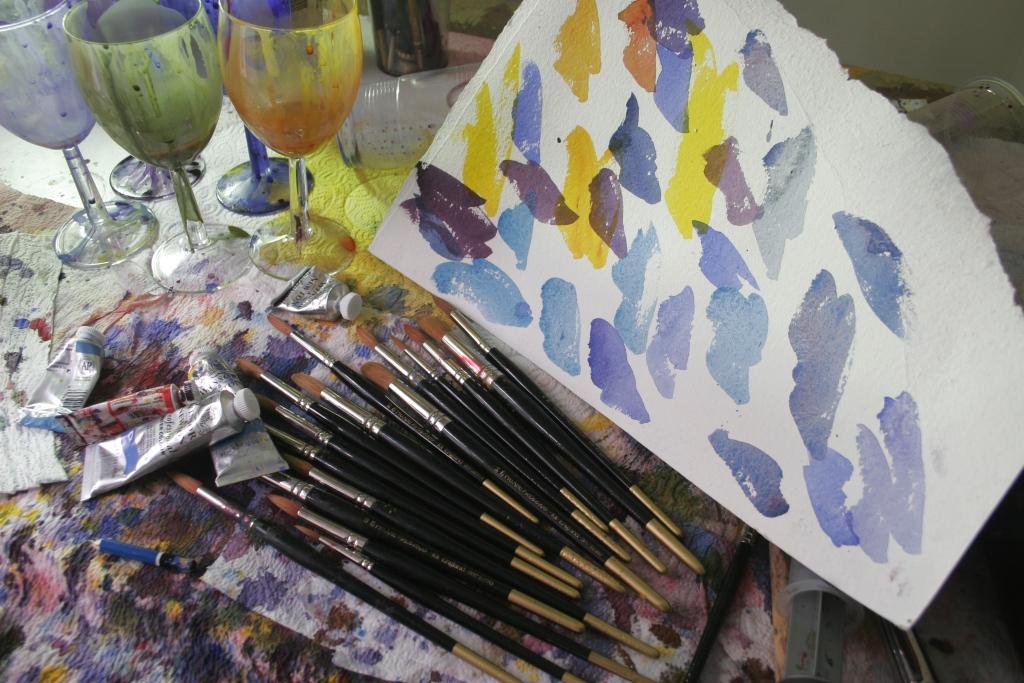
Matt Forster's Studio
Tell us about your creative process.
I mainly work in watercolour. It’s an incredibly difficult medium as there is no room for correcting errors. Any mistake at any point throughout the entire painting and it’s time to start again.
I paint using just the three primary colours as my base, everything is mixed from them. I use wine glasses to hold the paint it enables me to clearly see the colours and opacity.
The key to watercolour really is in the mixing of the paint. It’s a bit like tuning an instrument. All colours and tones need to relate accurately to each other once this is achieved the painting will take care of itself.
Where do you find inspiration for your art?
I am perhaps best known for my landscapes. It’s very easy to find inspiration in the wide-open spaces of Northumberland. There is a lot of fantastic landscape within a few hours drive.
My work plays with light and shadow; it’s primarily about contrast and tone. The past few years have seen me working more closely with colour and geometric concepts. It actually all feeds back to the landscape work; the two are slowly coming together.
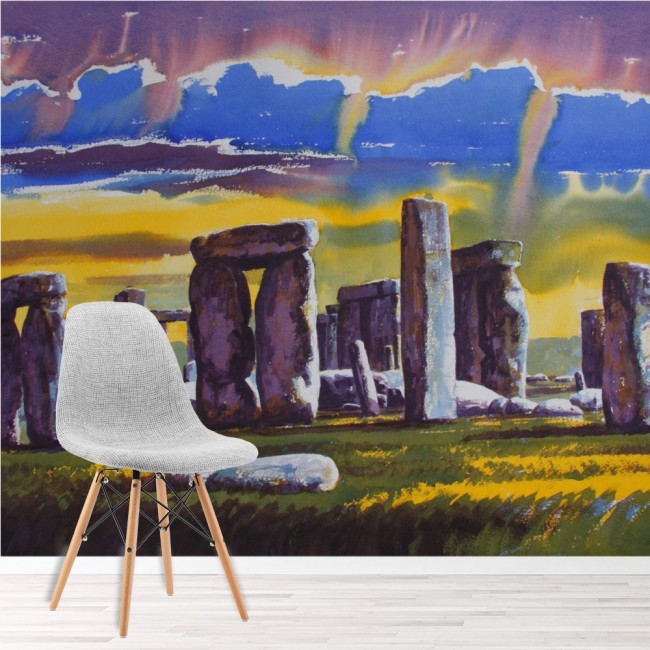
Can you talk a little about your art style, Überpainting?
In 2008 I began to develop a style of work that I call Überpainting. They are pure watercolours and are like a silkscreen print.
They consist of between three and five flat washes of different coloured paint applied independently each being dry before the next is applied. It is the application of these successive layers that provides the images with the startling three-dimensional impressions.
These paintings are very hard to create involving many successive attempts to refine each design.
Colour clearly plays a large part in your work. Can you discuss your love of colour?
Colour is an absolutely fascinating subject and I feel that I am only just beginning to understand. The work of Johannes Itten and Joseph Albers are very influential.
In simplistic terms, I like to look at the transition from one colour to another, like yellow through the orange spectrum to red and how these colours can work in harmony but most importantly in contrast.
I think of the colour wheel like a clock: yellow at 12, red at 4 and blue at 8. This helps me to pinpoint exact colours.
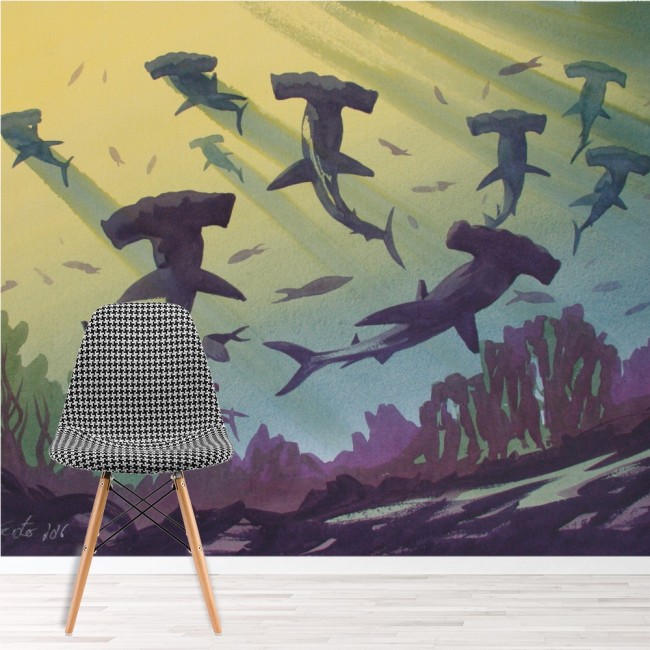
Where did the idea of transferring your painting onto light shades come from?
This year I started making some of my original paintings into lampshades. I’ve always wanted to look at more three-dimensional work.
Each lampshade is entirely unique and there are endless designs that are possible. They look wonderful in the daylight and in the dark. The plan is to start making them on a larger scale and take them into some international art fairs in Europe next year.
And what advice would you give to an aspiring artist?
The best advice really is to simply make what you enjoy and experiment with ideas; let the work lead you. Nothing is ever really finished it’s just a constant evolution.
This enthusiasm will come across in the work and make it more attractive to your audience. Also just do anything you can to get your work seen be it on social media or public spaces. Most importantly never give up!
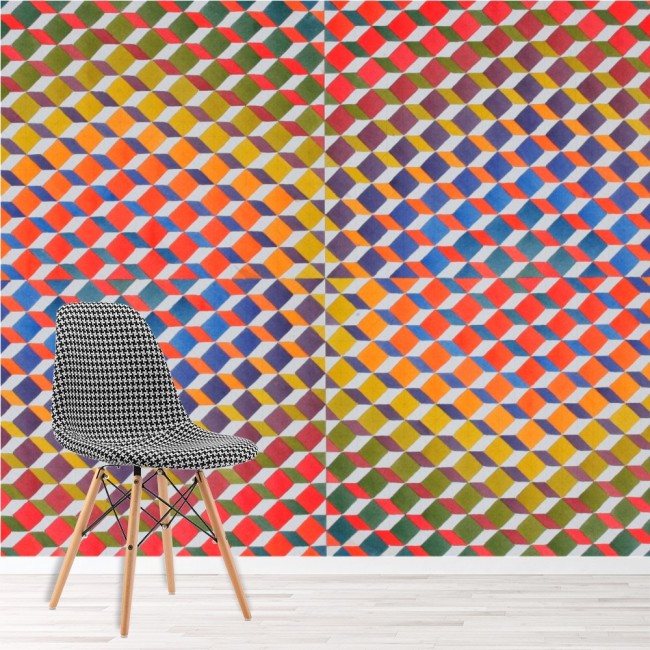
Finally, what’s the future looking like for you? Any big projects on the horizon?
Next year is really about developing these lampshades into a new form. More like light sculptures.
Most of my paintings are now sold in Europe. It seems that there is a greater depth of knowledge about what I’m doing with my more alternative concepts. So hopefully I’ll get on the road to some art fairs and connect with my clients face to face.
